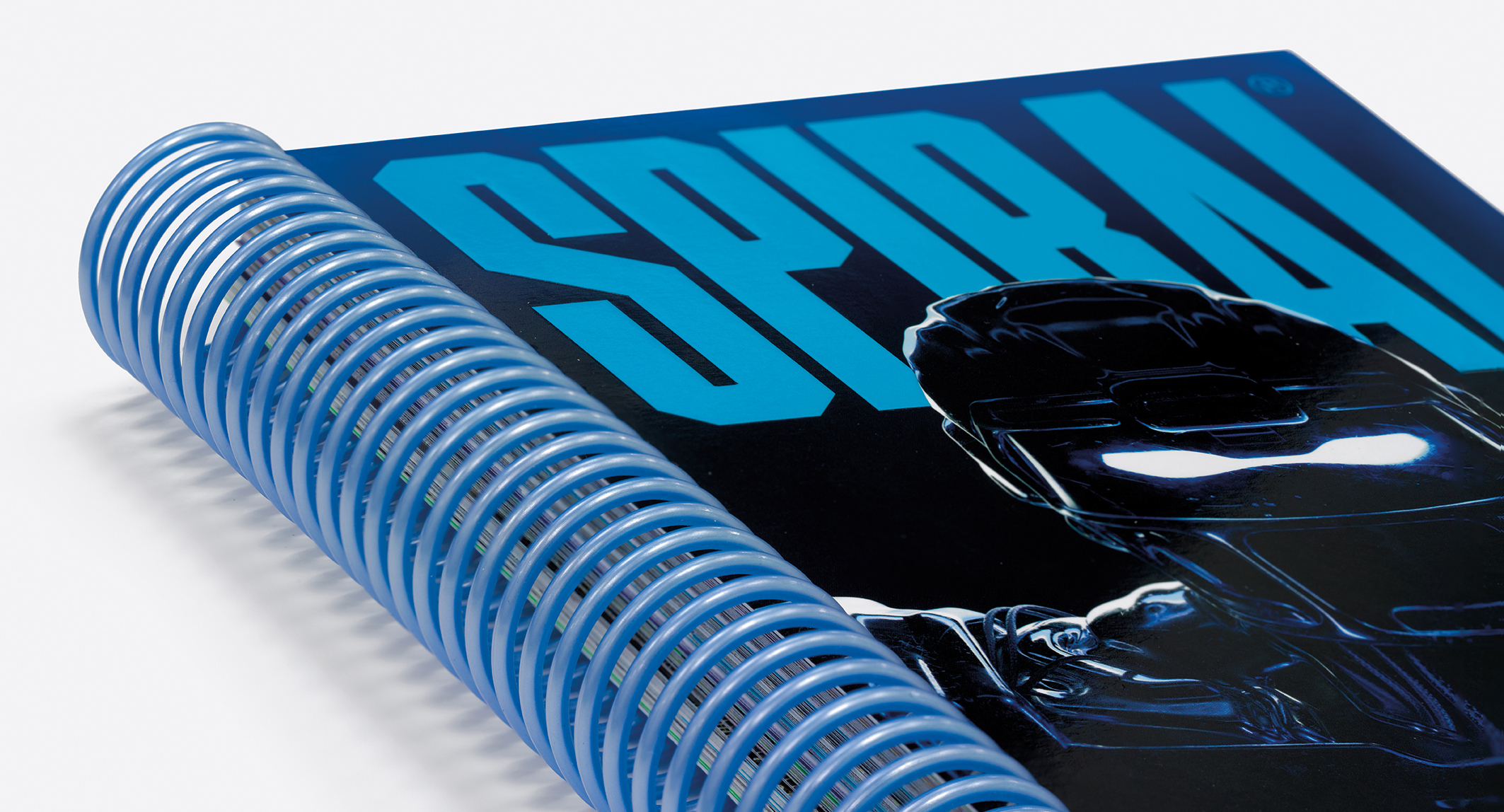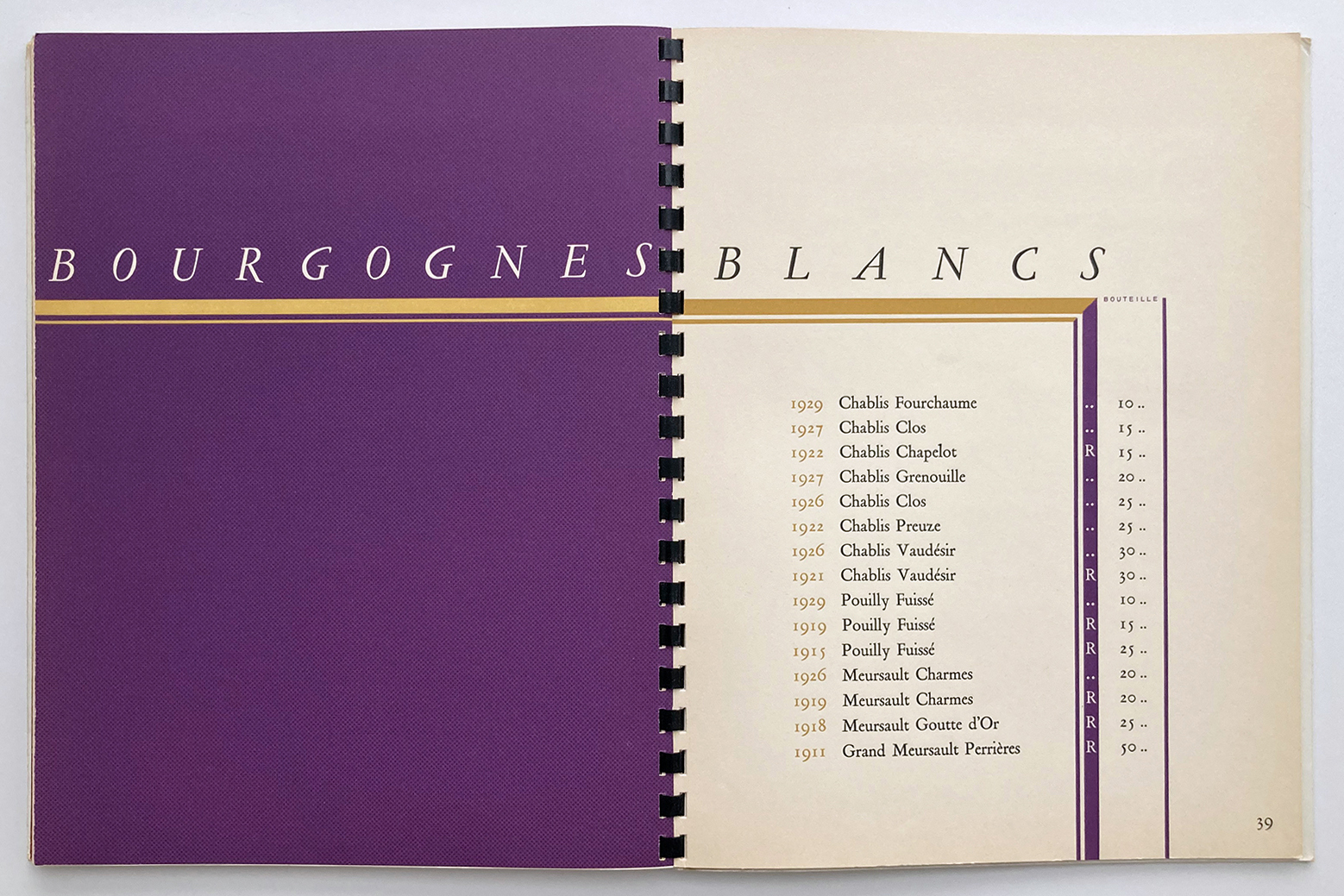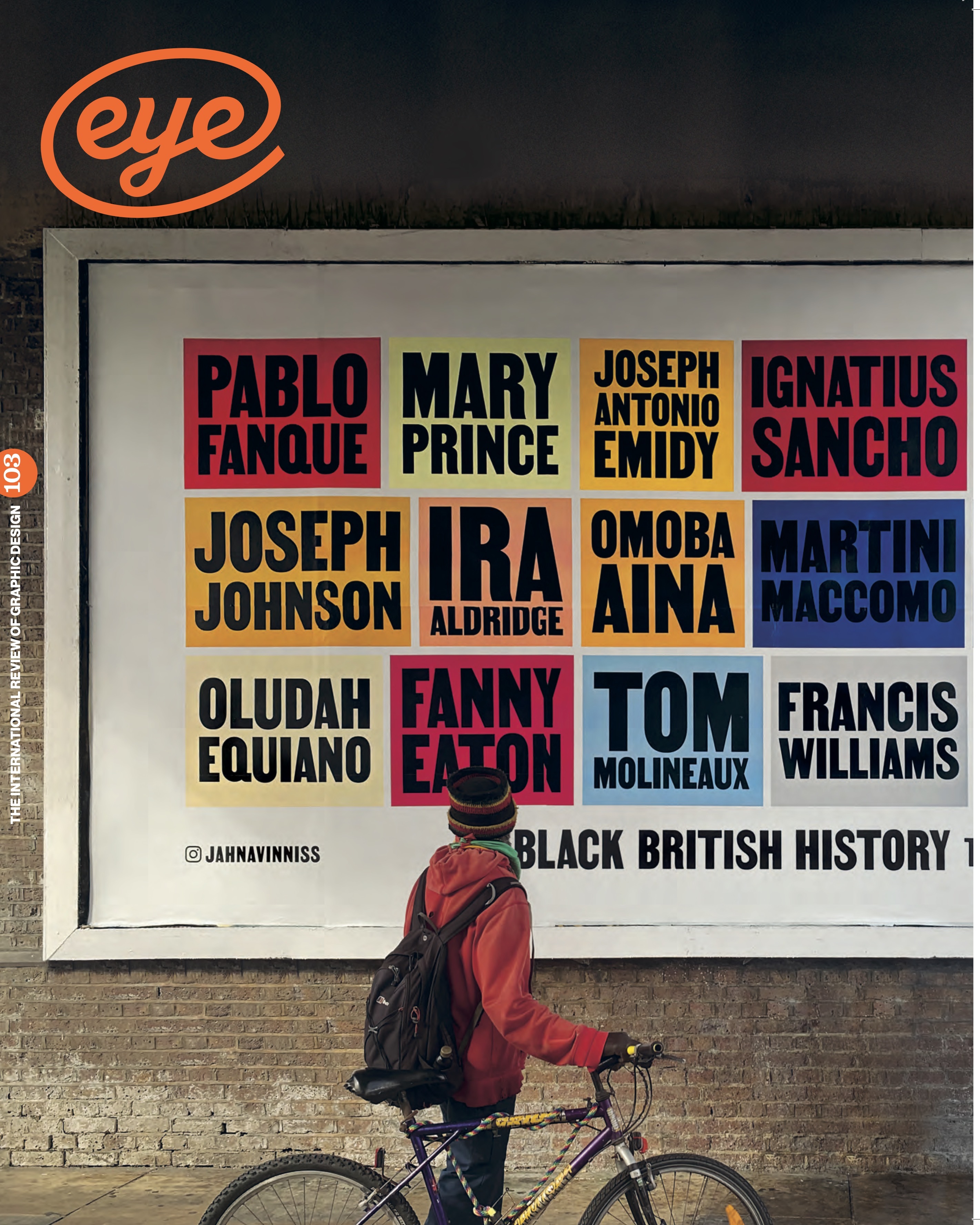Summer 2022
Bound for modernity
Spiral and comb binding have been rehabilitated for aesthetics and practicality. By Simon Esterson [EXTRACT]

In recent years, spiral binding has been unloved and ignored. Millions of A4 reports with wire spirals and plastic covers, produced in-house on office machines, have done little for its aesthetic reputation.
But when spiral and comb binding was first introduced in the 1930s it was all the rage. Like the all-white buildings of Le Corbusier, it had the aura of modern materials and industrial production. A. M. Cassandre used comb binding for a 1936 wine list for Nicolas; the plastic version was known in the UK as Plastoic binding. An advert in the 1938 issue of Shenval Press’s Alphabet and Image (also comb-bound) announced: ‘Plastoic is the truly contemporary binding’. …
Spread from 1936 wine list for the French merchant Nicolas, printed letterpress and bound with a black plastic spiral. Design: A. M. Cassandre.

…
Many of today’s new digital presses have in-line spiral / comb binding units, and metal wires can be easily detached from the pages for recycling. The future is spiral.
Simon Esterson, art director of Eye, London
Read the full article in Eye no. 103 vol. 26, 2022
Eye is the world’s most beautiful and collectable graphic design journal, published for professional designers, students and anyone interested in critical, informed writing about graphic design and visual culture. It is available from all good design bookshops and online at the Eye shop, where you can buy subscriptions and single issues.

